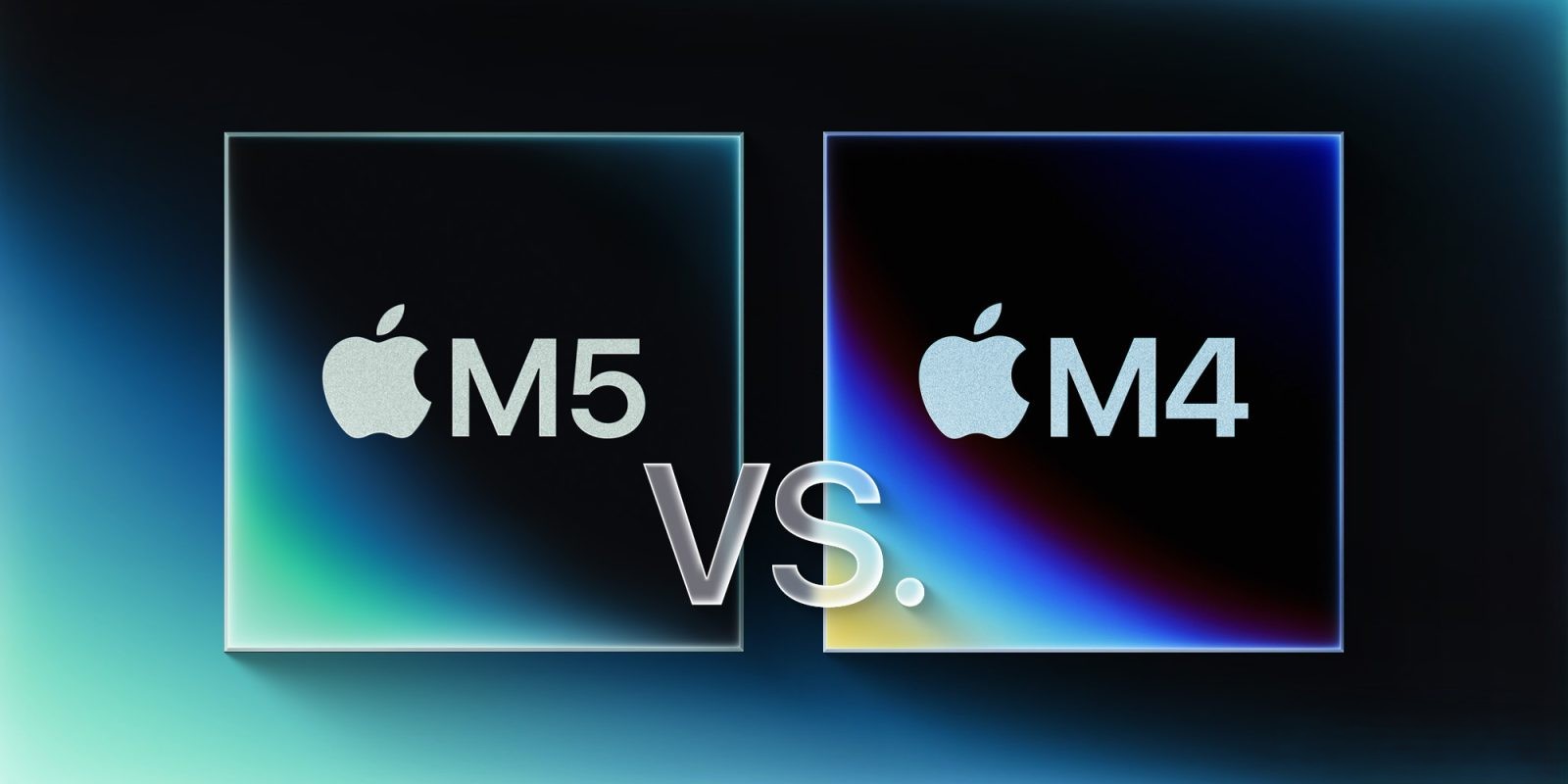Apple’s latest innovation, the M5 chip, has officially debuted, powering the new iPad Pro, MacBook Pro, and Vision Pro, all of which are now available in stores. This release marks a significant milestone in Apple’s silicon journey, showcasing notable advancements over its predecessors.
Performance Enhancements Across Generations
When introducing a new chip, Apple typically compares it to the immediate predecessor and occasionally to much older models to highlight substantial improvements. With the M5, comparisons have been drawn not only to the M4 but also to the M1 chip from 2020, providing a broader perspective on the evolution of Apple’s silicon.
Stephen Hackett of 512 Pixels and Jason Snell of Six Colors have meticulously compiled charts illustrating the progression of the M-series chips over time. These visual representations offer valuable insights into the incremental and sometimes substantial performance gains achieved with each iteration.
CPU and GPU Performance Metrics
Hackett’s analysis reveals a consistent upward trajectory in both CPU and GPU performance across the M-series. The M4 chip, for instance, delivered significant CPU enhancements, while the M5’s standout feature is its GPU performance, largely attributed to the integration of Neural Accelerators.
Snell’s charts further dissect these improvements, presenting percentage gains in single-core and multi-core CPU performance, as well as per-core GPU enhancements. This data underscores the M5’s substantial advancements, particularly in graphics processing capabilities.
Neural and AI Performance
A pivotal aspect of the M5 chip is its enhanced performance in artificial intelligence (AI) and machine learning (ML) tasks. The inclusion of new Neural Accelerators has led to remarkable improvements:
– Time to first token in large language models (LLM): 3.6 times faster than the M4.
– Video enhancement in Topaz Video: 1.8 times faster than the M4.
– Ray tracing rendering in Blender: 1.7 times faster than the M4.
– Speech enhancement with AI in Premiere Pro: 2.9 times faster than the M4.
Beyond the Neural Accelerators, the M5 boasts an improved 16-core Neural Engine, further bolstering its AI and ML processing capabilities.
Memory Bandwidth and Graphics Capabilities
The M5 chip also introduces increased memory bandwidth, offering 153GB/s—a 27.5% improvement over the M4’s 120GB/s. This enhancement is particularly beneficial for intensive workflows, especially those involving generative AI tasks.
In terms of graphics, the M5 features a third-generation ray tracing engine and enhanced graphics capabilities, resulting in up to 45% higher graphics performance compared to the M4. These advancements are expected to significantly enhance gaming experiences and other graphics-intensive applications.
Processor Architecture and Other Notable Features
The M5 maintains a 10-core CPU configuration, comprising six efficiency cores and four performance cores. Apple asserts that the new performance core is the world’s fastest performance core, offering up to 15% faster multithreaded performance than the M4.
Additionally, the M5 chip transitions from TSMC’s second-generation 3nm process to their third-generation 3nm process, contributing to improved efficiency and performance.
Product Integration and Availability
The M5 chip is currently integrated into the 14-inch MacBook Pro, iPad Pro, and Apple Vision Pro. Notably, the new 14-inch MacBook Pro now offers a 4TB storage option, doubling the previous maximum of 2TB.
Conclusion
The release of the M5 chip signifies a substantial leap in Apple’s silicon development, with marked improvements in AI processing, memory bandwidth, graphics performance, and overall CPU efficiency. These enhancements not only elevate the performance of current Apple devices but also set a promising foundation for future innovations in the company’s hardware lineup.



